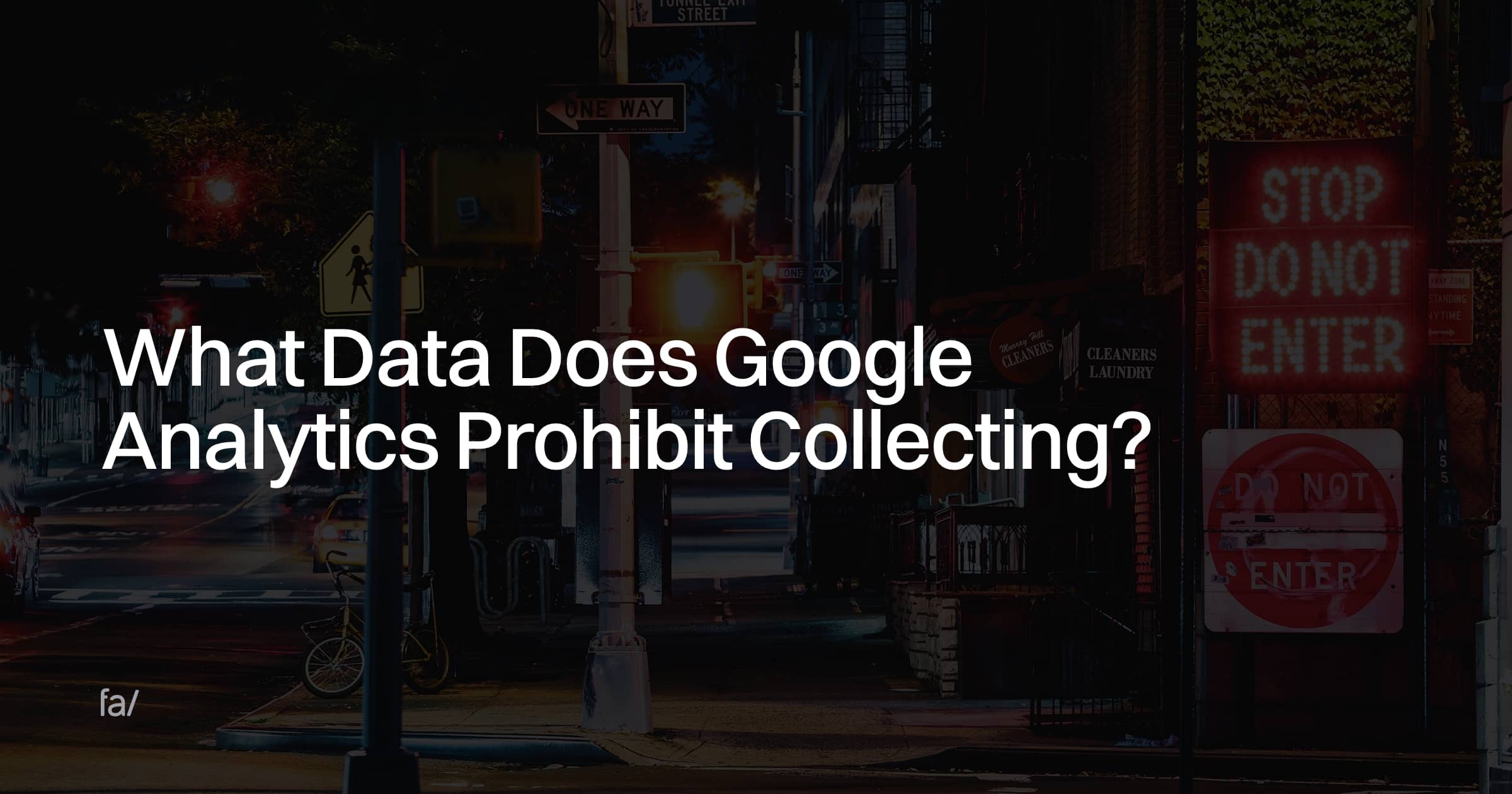Dive into Analytics: What Data Does Google Analytics Prohibit Collecting?
Dive into Analytics: What Data Does Google Analytics Prohibit Collecting?
Blog Article
Understanding the Art of Conquering Information Collection Limitations in Google Analytics for Better Decision-Making
In the world of electronic analytics, the capability to essence purposeful insights from data is critical for informed decision-making. Google Analytics stands as an effective device for businesses looking for to recognize user actions, track conversions, and maximize their on-line presence. Nevertheless, data collection constraints within this system can hinder the accuracy and depth of the details collected. To genuinely harness the possibility of Google Analytics for calculated decision-making, understanding the art of getting over these constraints is vital. By utilizing advanced techniques and critical approaches, companies can elevate their information top quality, unlock hidden understandings, and lead the way for even more enlightened and effective decisions.
Information High Quality Assessment
Assessing the high quality of information within Google Analytics is a critical step in guaranteeing the reliability and precision of understandings originated from the gathered details. Information top quality assessment involves reviewing different elements such as accuracy, efficiency, uniformity, and timeliness of the information. One vital aspect to take into consideration is information precision, which refers to exactly how well the information mirrors truth worths of the metrics being measured. Incorrect information can lead to faulty verdicts and misguided organization choices.
Completeness of data is an additional essential factor in evaluating information high quality. Uniformity checks are likewise important in information top quality analysis to identify any kind of disparities or anomalies within the data set. By focusing on data quality analysis in Google Analytics, services can enhance the integrity of their analytics reports and make even more enlightened choices based on precise understandings.
Advanced Tracking Strategies
Using innovative tracking methods in Google Analytics can considerably improve the depth and granularity of information accumulated for more detailed analysis and understandings. One such strategy is event monitoring, which enables the surveillance of certain interactions on a site, like click switches, downloads of files, or video views. By implementing event monitoring, businesses can get a much deeper understanding of user behavior and interaction with their on the internet web content.
In addition, custom dimensions and metrics supply a way to tailor Google Analytics to specific business requirements. Personalized dimensions enable the production of brand-new data points, such as user duties or client segments, while customized metrics enable the monitoring of unique efficiency signs, like profits per user or average order value.
Moreover, the application of Google Tag Manager can improve the execution of tracking codes and tags across a site, making it easier to handle and release advanced monitoring setups. By using these sophisticated monitoring methods, companies can open important understandings and maximize their on-line strategies for better decision-making.
Custom Measurement Execution
To improve the deepness of information collected in Google Analytics past advanced monitoring methods like occasion monitoring, organizations can apply custom-made dimensions for click here now more tailored understandings. Customized measurements enable services to specify and gather specific data factors that pertain to their unique objectives and objectives (What Data Does Google Analytics Prohibit Collecting?). By assigning customized measurements to different elements on an internet site, such as individual communications, demographics, or session information, organizations can acquire a much more granular understanding of just how users involve with their on-line homes

Acknowledgment Modeling Approaches
By utilizing the appropriate attribution design, services can properly attribute conversions to the ideal touchpoints along the customer journey. One common attribution design is the Last Communication model, which offers credit scores for a conversion to the last touchpoint a user engaged with before transforming.

Information Tasting Evasion
When dealing with huge quantities of data in Google Analytics, overcoming information sampling is crucial to make certain accurate insights are acquired for notified decision-making. Information tasting takes place when Google Analytics estimates patterns in information instead than examining the complete dataset, possibly leading to skewed outcomes. By taking these aggressive steps to minimize data tasting, companies can remove a lot more exact insights from Google Analytics, leading to explanation far better decision-making and improved overall efficiency.
Final Thought
To conclude, understanding the art of overcoming data collection limitations in Google Analytics is important for making informed choices. By performing an extensive information top quality evaluation, applying sophisticated tracking strategies, making use of custom-made measurements, using attribution modeling strategies, and avoiding data tasting, organizations can make sure that they have exact and reliable data to base their decisions on. This will eventually result in a lot more efficient strategies and much better outcomes for the company.

Report this page